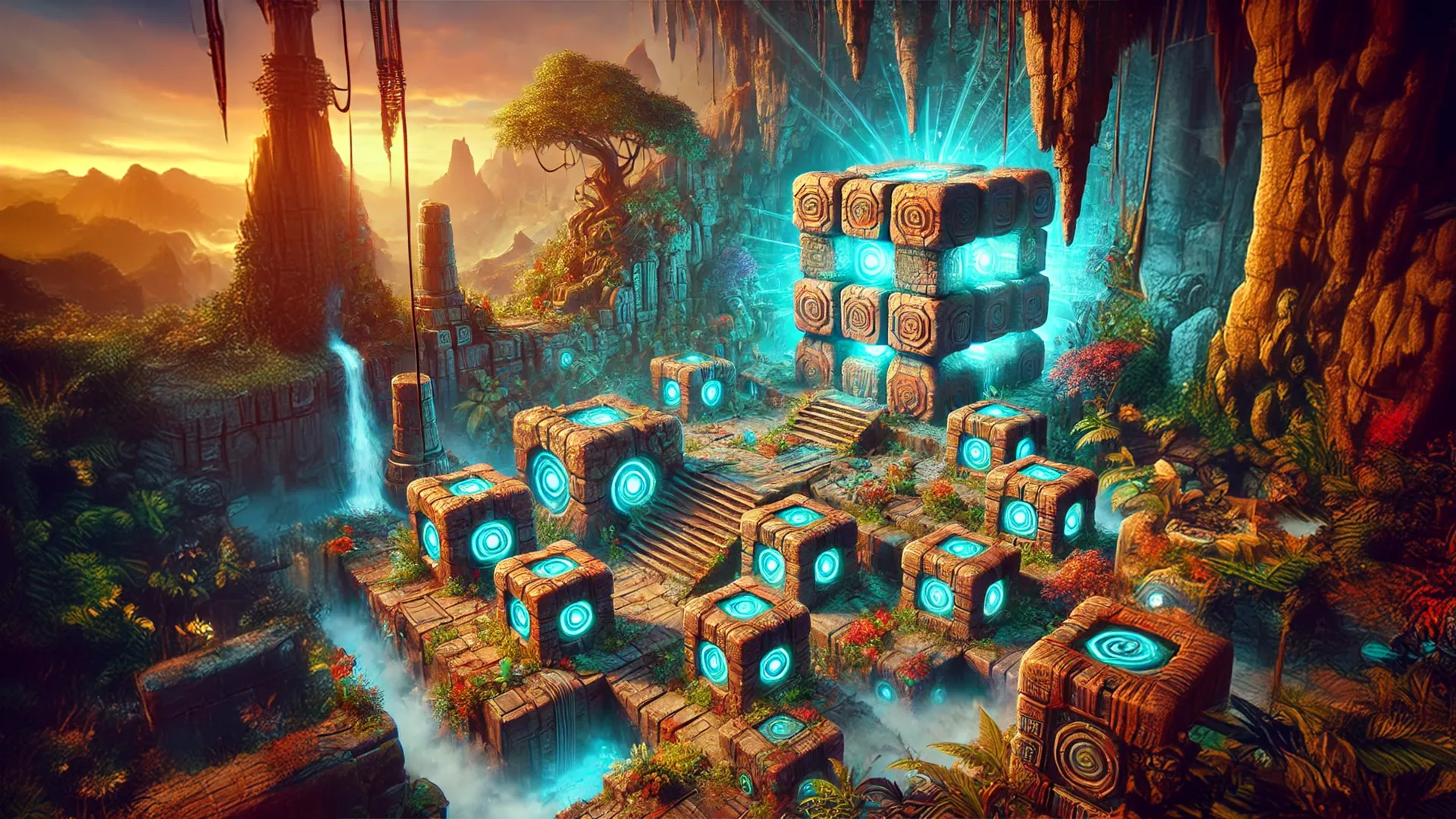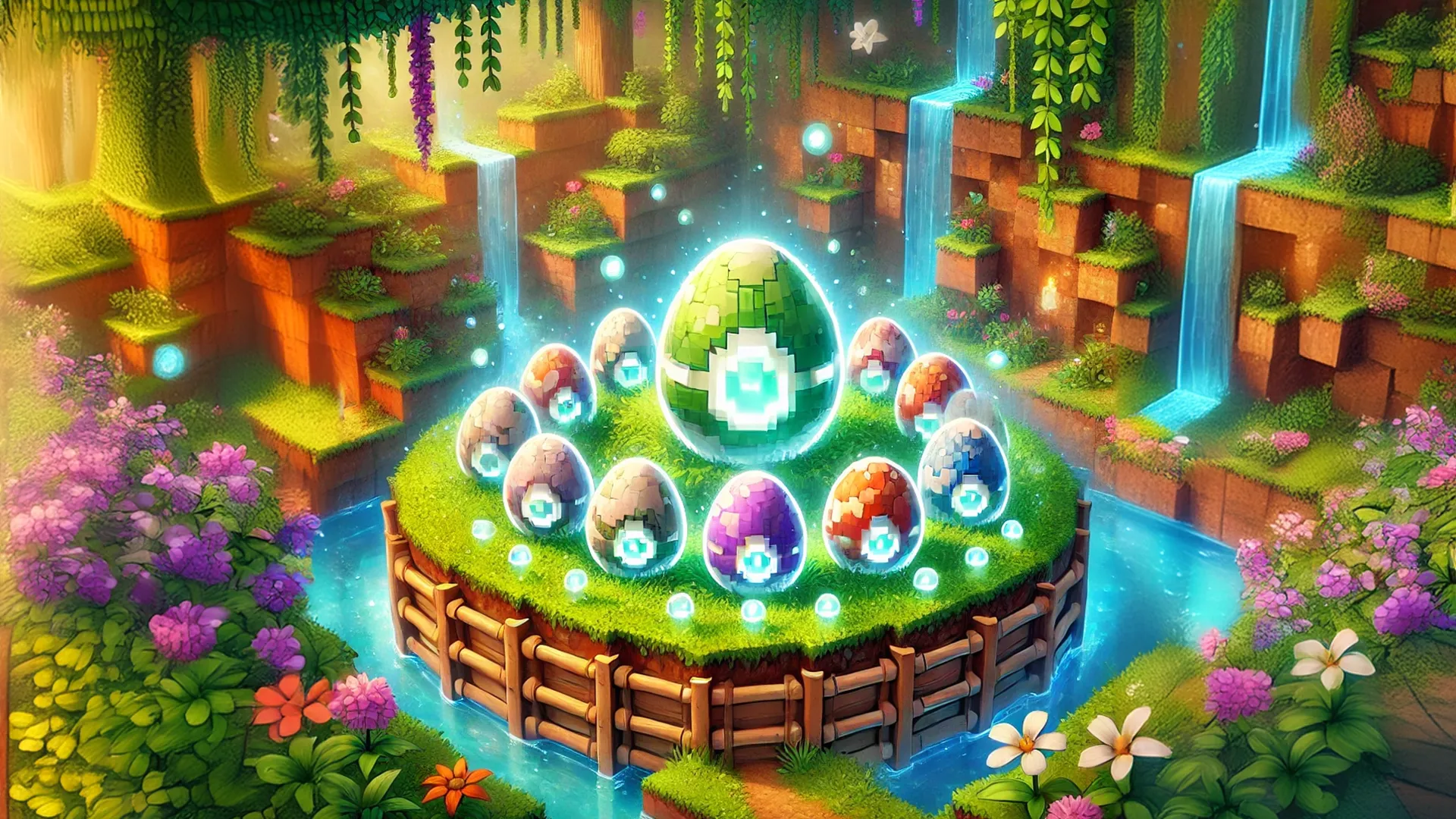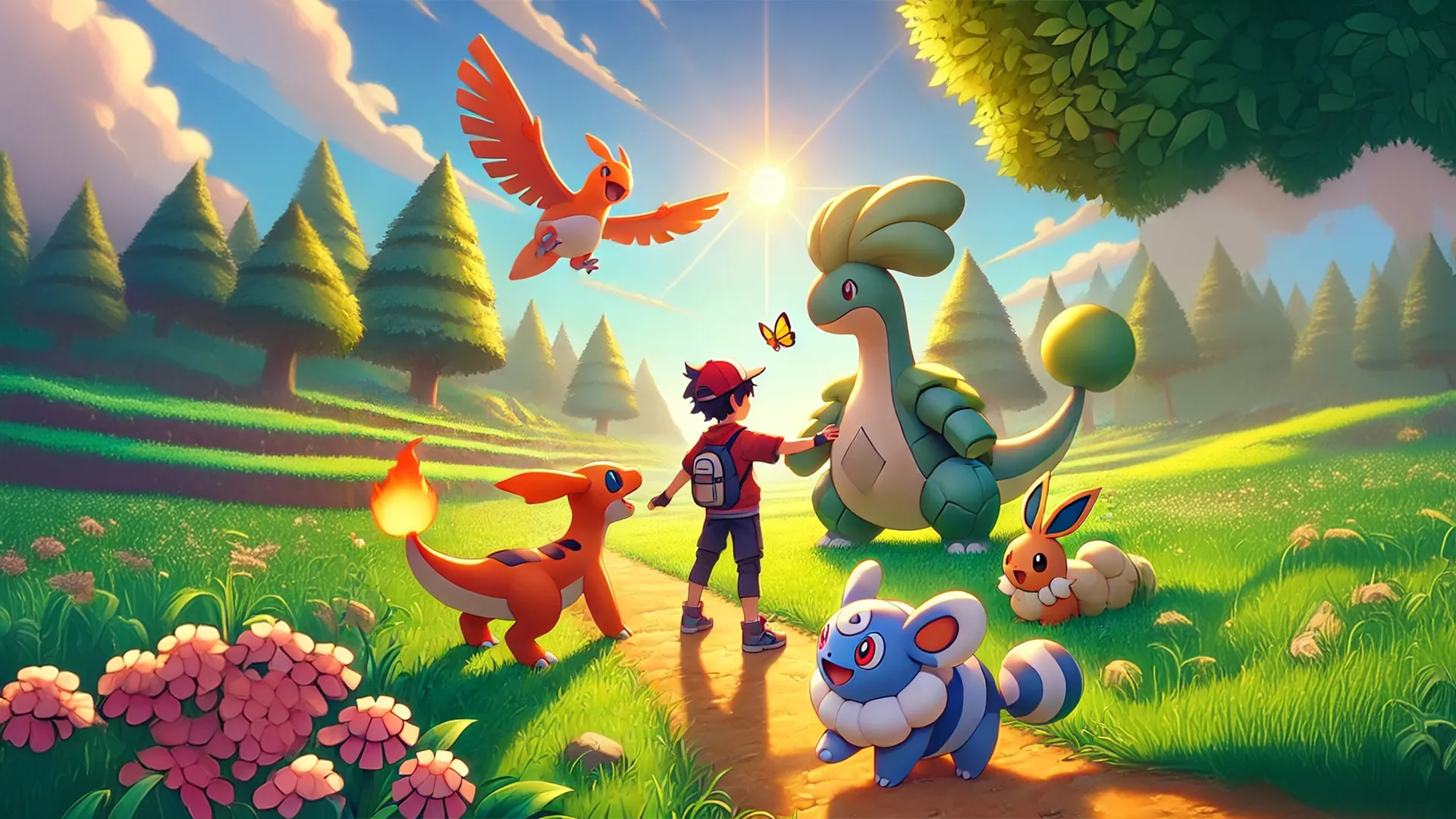Cobblemon offers a captivating blend of exploration, collection, and revival through its fossil restoration mechanic. Fossils are remnants of ancient Cobblemon species long extinct, and with the right tools and materials, you can revive these fossils to bring powerful and rare Cobblemon to life. This ultimate guide will teach you everything you need to know, from finding fossils in the wild to successfully reviving them using the Resurrection Machine.
Whether you’re new to Cobblemon or a seasoned player, fossil restoration opens up new avenues for building your team and uncovering the hidden treasures of the world. Let’s dive into the fascinating process of resurrecting these ancient creatures and how you can master this unique system.
1. The Search for Fossils: Where to Begin
Fossil restoration starts with finding the fossils themselves. These valuable blocks are scattered throughout the world, waiting to be unearthed. However, they’re not simply lying around on the surface. Fossils are embedded deep within specific biomes and require careful excavation to uncover. Here are the key places to look:
- Desert Biomes: Deserts are among the most fruitful places to find fossils. Look for ruins, temples, and even dig beneath the desert sands to find fossil blocks. Be on the lookout for fossil structures buried within layers of sand, often hidden in hard-to-reach spots.
- Swamp Biomes: Swampy areas, with their murky waters and dense vegetation, are another potential fossil hotspot. Fossils can be buried beneath the waterlogged ground, so don’t hesitate to dig below the surface around swampy lakes and riverbeds.
- Deep Caves and Mines: If you prefer spelunking, deep caves and abandoned mineshafts are excellent places to find fossils. Search at lower levels (beneath y=32) where ancient rock formations are more prevalent. Be careful though, as caves often harbor dangerous mobs that can disrupt your fossil hunting!
- Ocean Floors: Sometimes, fossils can even be found in the depths of the ocean, nestled in coral reefs or submerged ruins. Equip a water-breathing potion and explore the ocean floor to discover hidden fossil blocks.
2. Tools of the Trade: What You’ll Need
Excavating fossils isn’t as simple as digging up dirt. You’ll need the right tools to carefully extract them without breaking the fossil blocks. Here’s what you should have in your inventory before heading out:
- Pickaxe with Silk Touch: Fossil blocks require a pickaxe enchanted with Silk Touch to retrieve them intact. Without this enchantment, breaking a fossil block will destroy it, leaving you empty-handed. The Silk Touch enchantment ensures you can collect the fossil block for later analysis and restoration.
- Torches and Food: Since many fossils are found in caves or deep underground, be sure to carry plenty of torches to light your way. Additionally, pack enough food to sustain you on your long expeditions.
- Water-Breathing Potions (for Ocean Exploration): If you plan to explore ocean biomes, bring water-breathing potions so you can safely search the ocean floor without worrying about drowning.
3. Preparing the Resurrection Machine
Once you’ve obtained your fossil blocks, the next step is to revive them into living, breathing Cobblemon. This is done using the Resurrection Machine, a powerful multi-block structure designed specifically for fossil restoration. To construct this machine, you’ll need three key components:
- Restoration Tank: The heart of the Resurrection Machine, this is where the fossil will be placed for revival. The tank must be filled with organic materials for the resurrection process to work.
- Fossil Analyzer: This utility block processes the fossil once placed into the Resurrection Machine. It identifies the type of fossil and prepares it for resurrection.
- Data Monitor: The monitor allows you to track the progress of the fossil’s revival. A progress bar will fill up as the embryo inside the tank develops, letting you know how far along the process is.
When these blocks are correctly placed together, the machine will emit a low electrical hum, signaling that it’s operational. You’re now ready to begin reviving your fossil.
4. Fueling the Resurrection Machine: Organic Materials
Before you can begin the fossil resurrection process, you’ll need to gather organic materials to fuel the Resurrection Machine. These materials provide the biological energy required to bring the fossil to life. You’ll need to reach a total organic value of 64 for the process to start. Here are some common organic materials you can use:
- Seeds: Any kind of seed (wheat, melon, pumpkin, beetroot) is a viable option, offering a small organic value.
- Berries: Berries, which can be found throughout the Cobblemon world, are a valuable resource for organic material. Different berries have different organic values, so collect as many as possible.
- Kelp and Dried Kelp: Kelp is a highly renewable organic resource. If you’ve collected plenty of kelp from oceans, drying it increases its organic value even further.
- Honeycombs: Collected from beehives, honeycombs also have a decent organic value and can be used to fuel the machine.
Make sure to collect enough organic materials before starting the resurrection, as the process requires the full value to be met before the machine will activate.
5. The Resurrection Process: Timing is Key
Once your fossil is placed into the Restoration Tank and you’ve provided the necessary organic material, the resurrection process begins. An embryo of the ancient Cobblemon will start to develop inside the tank. This is where the Data Monitor comes into play, allowing you to watch the progress.
The process takes 12 minutes, during which the embryo will slowly grow. Patience is key here, as rushing the process could cause it to fail. Once the embryo has fully matured, you’ll be able to release the revived Cobblemon. You have two options for how to do this:
- Releasing the Cobblemon into the Wild: If you break the Restoration Tank, the Cobblemon will be released as a wild creature. This can be useful if you’re attempting to fill a specific area with ancient Cobblemon for farming or battle purposes.
- Catching the Cobblemon in a Poké Ball: If you want to add the newly revived Cobblemon to your team, right-click on the tank with a Poké Ball in your hand. The Cobblemon will be captured and added to your party, ready to battle or explore with you.
6. Unique Fossil Cobblemon: Uncovering Rare and Powerful Allies
One of the most exciting aspects of fossil restoration is the ability to acquire Cobblemon that are otherwise unobtainable in the wild. Fossil Cobblemon are often unique in both appearance and stats, making them powerful allies in battle and valuable additions to your team. Here are just a few examples of fossil Cobblemon you might uncover:
- Tyrunt and Tyrantrum: This fearsome Dragon/Rock-type Cobblemon boasts high Attack stats and devastating moves. Tyrantrum, in particular, is known for its ability to shred through opponents with powerful physical attacks.
- Amaura and Aurorus: Amaura is a graceful Ice/Rock-type Cobblemon that evolves into Aurorus, a majestic creature with the power to control the cold. With moves like Aurora Beam and Freeze-Dry, Aurorus can freeze its opponents in their tracks.
- Lileep and Cradily: These Grass/Rock-type Cobblemon have unique abilities that allow them to drain their opponents’ energy while healing themselves. Cradily, in particular, is known for its defensive prowess and ability to outlast opponents in battle.
Fossil Cobblemon are often rare and powerful, making them excellent choices for competitive play or team-building strategies. They can also bring a touch of prehistoric mystery to your Cobblemon collection.
7. Pro Tips for Success in Fossil Restoration
- Efficiency in Fossil Hunting: Always bring a pickaxe with the Silk Touch enchantment when searching for fossils. Breaking a fossil block without this enchantment will destroy the block, leaving you empty-handed.
- Time Management: The resurrection process takes 12 minutes, so plan accordingly. Set a timer or continue exploring while waiting for the process to complete, so you’re ready to collect your revived Cobblemon as soon as it’s done.
- Team Building: Fossil Cobblemon often start at lower levels, so consider training them in a team with higher-level Cobblemon to gain experience. You can also use EXP items to speed up their growth and help them catch up with the rest of your party.
Conclusion
Fossil restoration in Cobblemon offers an exciting blend of exploration, strategy, and discovery. By mastering the art of fossil hunting and resurrection, you can bring long-extinct Cobblemon back to life and add powerful new members to your team. With patience, the right tools, and this guide, you’ll be reviving fossils and building a team of ancient Cobblemon in no time. Happy fossil hunting!



